“This is truly our heavenly weapon,” states St Maximilian Kolbe, describing the medal as “a bullet with which a faithful soldier hits the enemy, i.e. evil, and thus rescues souls.”
The great gift to the Church, the Miraculous Medal, is truly a heavenly weapon. It wasn’t fashioned by human interpretation, but rather by Our Lady herself. The Miraculous Medal is the Holy Insignia of Our Lady, truly Immaculate. As a soldier of Jesus through Mary, carrying a heavenly weapon is indeed like a bullet that will surely strike at the demons, crushing the ancient serpent, and ultimately rescuing the souls of those who faithfully wear this medal.
A short catechism about the Miraculous Medal. Read about it, wear the Miraculous Medal, understand why you are wearing it, encourage others to wear it, and always turn to Our Lady—who was conceived without sin—because she will obtain for you all the graces you need to overcome your enemies and experience miracles in your life.
What is the Miraculous Medal?
It is a sacramental such as the scapular and rosary that have been instituted or directly propagated by Our Blessed Mother. It uses words and images to increase our devotion to the Immaculate Queen of Heaven, and its symbols can explain the Church’s teachings on the Blessed Virgin.
What is a sacramental?
The catechism teaches us that sacramentals are “holy things or actions of which the church makes use to obtain for us from God, through her intercession, spiritual and temporal favours.” A sacramental is anything set apart or blessed by the church to excite good thoughts and to help devotion. (CCC1667, Baltimore Catechism 292. Q.)
Who is St. Catherine Labouré?
The humble daughter of Charity, was born in France May 2, 1806 and died December 31, 1876, her body was discovered to be in-corrupt after being exhumed in 1933. She was beatified by Pope Pius XI on May 28, 1933 and canonized by Pope Pius XII on July 27, 1947. The church honours St. Catherine Labouré on November 28 the day after the feast of the Miraculous Medal November 27.
How did the miraculous medal come about?
It came about by request of Mary in visions to Sister Catherine in 1830. Sister Catherine asked how she was to have the medal struck. Mary replied that she was to go to her confessor, a Father Jean Marie Aladel saying of this saintly priest: “He is my servant.” Father Aladel at first did not believe Catherine; however, after two years, he finally went to the archbishop. Pg 16-17
What were the visions?
There was the initial vision followed some months later by visions with regards to the medal details and a direct order by the Virgin: “Have a medal struck as I have shown you. All who wear it will receive great graces.”
Initial Apparition
At half past 11 o’clock on the night of July 18, 1830, she was awakened by the vision of a child who led her to the chapel where Our Lady spoke to her for more than two hours. She told Catherine that God wished to charge her with a mission. Pg 53 – Pg 56
First Apparition concerning the Medal
Then in November of 1830, Sister Catherine communicates to M. Aladel (her confessor and spiritual director) a new vision received on 27th November;
“At half- past five in the evening, whilst the Sisters were in the chapel taking their meditation, the Blessed Virgin appeared to a young Sister as if in an oval picture; she was standing on a globe, only one-half of which was visible ; she was clothed in a white robe and a mantle of shining blue, having her hands covered, as it were, with diamonds, whence emanated luminous rays falling the earth, but more abundantly upon one portion of it.
“A voice seemed to say: These rays are symbolic of the graces Mary obtains for men, and the point upon which they fall most abundantly is France. Around the picture, written in golden letters, were these words: Mary! conceived without sin, pray for us who have recourse to thee! This prayer, traced in a semi-circle, began at the Blessed Virgins right hand, and, passing over her head, terminated at her left hand. The reverse of the picture bore the letter M surmounted by a cross, having a bar at its base, and beneath the monogram of Mary, were the hearts of Jesus and Mary, the first surrounded with a crown of thorns, the other trans pierced with a sword. Then she seemed to hear these words: A medal must be struck upon this model; those who wear it indulgenced, and repeat this prayer with devotion, will be, in an especial manner, under the protection of the Mother of God. At that instant, the vision disappeared.” Pg 57 & Pg 58
Second Apparition concerning the Medal
And, indeed, in the course of December, she was favoured with another vision, similar to that of November 27th, and occurring at the same time, during evening meditation. …….The Blessed Virgin appeared to be about forty years of age, according to the Sister s judgment. The apparition was, as it were, framed from, the hands in the invocation: “0 Mary! conceived without sin, pray for us who have recourse to thee!” traced in golden letters. The reverse presented the monogram of the Blessed Virgin, surmounted by a cross, and beneath were the divine hearts of Jesus and Mary. Sister Laboure was again directed to have a medal struck upon this model. Pg 63 & Pg 64
She terminates her account in these words:
“To tell you what I understood at the moment the Blessed Virgin offered the globe to Our Lord, would be impossible, or what my feelings were whilst gazing on her! A voice in the depths of my heart said to me: ‘These rays are symbolic of the graces the Blessed Virgin obtains for those who ask for them.’ “
Third Apparition concerning the Medal
When Sister Laboure related the third apparition of the medal, M. Aladel asked her if she had seen anything written on the reverse. The Sister answered that she had not. “Ah!” said the Father, “ask the Blessed Virgin what to put there.” The young Sister obeyed; and after having prayed a long time, one day during meditation, she seemed to hear a voice saying:
“The M and the two hearts express enough.” Pg 64
When did the MM come into existence?
After two years, Father Aladel finally went to the archbishop who approved the medals to be struck. In 1832 in June, 30th of that month, two thousand medals were struck, and M. Aladel hastened to send some of them to the Archbishop of Paris Mgr. de Quelen, who approved to have them struck. Pg 67
How was the design of the medal determined?
When about to depict the details as related by the Sister, many difficulties presented themselves. In what attitude should the Blessed Virgin be represented, for in the apparition she had several? Should a globe be in her hands? Again, at one instant she was enveloped in waves of light, but this could not be gracefully reproduced in an engraving. After mature consideration, it was decided to adopt the already existing model of the Immaculate Virgin, which represents her with hands extended; to this were added the luminous rays escaping from the rings on her fingers, the terrestrial globe on which she stands, and the serpent she crushes under her feet. Around the oval were inscribed these words: “O Mary! conceived without sin, pray for us who have recourse to thee!” The reverse bears the letter M, surmounted by a cross, and the Sacred Hearts of Jesus and Mary below the M, the first surrounded with a crown of thorns, the second pierced by a sword. Pg 67 & Pg 68
Why is it called the Miraculous Medal?
This medal was originally known as the Medal of the Immaculate Conception, “the medal, scarcely struck, is circulated by millions; it immediately becomes the instrument of so many cures and conversions, that it is universally styled the Miraculous Medal, a name which clung to it, and which is justified by the constant working of new miracles…” Pg 47
Was a juridical examination was requested, in order to confirm the origin of the medal?
Mgr. de Quelen ordered an investigation and it was begun February 16th, 1836, under the direction of M. Quentin, Vicar General, Promoter of the diocese; it was prolonged into the month of July, and had not less than nineteen sittings. Pg 74
What were the proofs admitted in the inquiry to establish the authenticity of the vision of the medal?
1st. The Sister s character she is a poor young country girl, uneducated and without talent of solid but simple piety, good judgment, and calm, sedate mind; we perceive at once that everything about her excludes all suspicion of deceit or illusion. The better to preserve her incognito, she will not allow her name to be mentioned, and she even refused to appear before the Promoter of the investigation. Pg 75
2nd. The wisdom of the Sister s Director, who took all possible precautions to guard against deception, and who yielded to his penitents reiterated entreaties, only from fear of displeasing the Blessed Virgin, and by the advice of his Superiors. Pg 75
3rd. The apparition in itself, contains nothing, either in its character or object, opposed to the teachings of the Church, but is, on the contrary, conducive to edification. Being several times renewed and always in the same manner, we may conclude, that the Sister s imagination had nothing whatever to do with it Pg 76
4th. The wonderful circulation of the medal, confirmed by the testimony of the first engraver, M. Vachette, and the extensive sales of copies of the notice, reaching 109,000 in sixteen months, as attested by the publisher, M. Bailly, must be regarded as a confirmation of its supernatural origin. Pg 76
5th. The extraordinary graces obtained through the instrumentality of the medal, cures and conversions, several of which are legally attested by the deposition of reliable witnesses, who appeared before the Promoter and signed the verbal process, give a last proof to the fact it was sought to establish, namely, that the Miraculous Medal must be of divine origin. Such is the formal conclusion, in the report addressed to the Archbishop by the Promoter, at the end of the inquiry. Pg 76
What was the outcome of the inquiry?
Unfortunately, the ecclesiastical authority did not pronounce judgment; we know not why the inquiry did not receive the sanction to which it apparently led. The death of Mgr. de Quelen, at the end of the year 1839, caused all proceedings to be abandoned. Everything remains still in the domain of private devotions, and the model of the Immaculate Virgin, with its symbolical attributes, is not yet authorized as an object of public veneration in the churches. Pg 76
What was one of the most famous conversions attributed to the extraordinary graces obtained through the instrumentality of the Miraculous Medal?
The conversion of Alphonse Ratisbonne who belonged to a Jewish family of Strasbourg, distinguished in the world as much for its social position as the universal esteem in which it was held; …..His hatred of Catholicity was very far from suggesting a thought of his ever embracing it. It was M. De Bussiere, in one of his interactions with M Ratisbonne was impelled by a secret impulse of grace, thought of offering him the Miraculous Medal. M. De Bussiere united with his family prayed for for him. On January 20, 1842, in the Church of St. Andrew, delle Fratte, in Rome M Ratisbonne experienced his miraculous conversion. “She did not speak one word to me” said M Ratisbonne, “but I understood it all.” Pg 193
Does The Miraculous Medal have a feast day?
Yes it does the Feast of the Miraculous Medal – November 27
On 23 July, 1894, Pope Leo XIII, after a careful examination of all the facts by the Sacred Congregation of Rites, instituted a feast, with a special Office and Mass, of the Manifestation of the Immaculate Virgin under the title of the Miraculous Medal, to be celebrated yearly on 27 November by the Priests of the Congregation of the Mission, under the rite of a double of the second class. For ordinaries and religious communities who may ask the privilege of celebrating the festival, its rank is to be that of a double major feast. A further decree, dated 7 September, 1894, permits any priest to say the Mass proper to the feast in any chapel attached to a house of the Sisters of Charity.
Source: Glass, J. (1911). Miraculous Medal. In The Catholic Encyclopedia. New York: Robert Appleton Company. Retrieved August 11, 2023 from New Advent: http://www.newadvent.org/cathen/10115a.htm
What is the meaning of the Symbols on the medal?
His Eminence, the Cardinal Archbishop of Rouen;
Does she not seem longing to give us knowledge, when she displays to us the abundance of her riches and the prodigies of her liberality, in those rays of grace she showers upon us like a deluge of love and mercy ? Does she not like wise unveil to us the mystery of her charity, in the image of her heart united to that of the divine Jesus? . . .The same fire consumes them, the same zeal devours them, thirst for our salvation. This union of love and sacrifice is very clearly represented by the august Mary’s initial joined to the sacred sign of the cross above the two hearts, as an authentic testimony, of the co-operation of the Mother of the Saviour in the salvation of the human race. Pg 88.
Is there a blessing specific to the Miraculous Medal?
Yes there is a unique blessing and investiture for the miraculous medal it can be found in the Roman Ritual, for online version here. For a PDF version which has the Latin and English versions see here Miraculous Medal Blessing and Enrollment prayers.
Who were the saints that were big promoters of the Miraculous Medal in the 20th Century?
St. Maximilian Kolbe can be considered the foremost advocate of the Miraculous Medal in the first half of the twentieth century, a good case could be made to designate Mother Teresa the foremost champion of the Medal in the second half of the twentieth century.
St. Maximilian Kolbe
In January 1917 young seminarian, Maximilian Kolbe, while studying in Rome heard a meditation given on the conversion of Alphonse Ratisbonne. For nine months he prayed and meditated on on the Miraculous Medal and Our Lady’s intercession for this non-believer. He desired fervently to bring all souls to the Truth and understood Our Lady’s paramount role in obtaining the graces necessary for conversion and sanctification. On October 16 of the same year he gathered six other Franciscan confers before a statue of the Immaculata to consecrate their lives totally and unconditionally to Her for their sanctification and the conversion of souls. This was the foundation of the Militia Immaculata (MI) Movement which today is spread throughout the world. This particular story also inspired Saint Maximilian Kolbe to adopt the Miraculous Medal for this new congregation he founded that was devoted to the Blessed Mother. The Altar at San Andrea della Frate where Alphonse Ratisbonne saw Our Lady; this was also the altar of the first Mass of St. Maximilian Kolbe
St. Maximilian Kolbe, who died in 1941 and was beatified by Pope Paul VI in 1973, On October 10, 1982, Pope John Paul II canonized Maximilian Kolbe as a “martyr of charity.” He performed great spiritual works using the medal. He has written:
“At various times and in various trials the most Blessed Virgin Mary has come to the aid of her children, giving them different ways of attaining salvation more easily, and freeing others from the yoke of Satan. Now in this epoch of the Immaculate Conception the most Blessed Virgin has given mankind the ‘Miraculous Medal.’ Its heavenly origin has been proved by countless miracles of healing and particularly conversion….
“On this medal there is inscribed the ejaculation: ‘O Mary, conceived without sin, pray for us who have recourse to thee.’ This is a prayer which the Immaculata herself places upon our lips, revealing it to us and recommending its recitation…. This is truly our heavenly weapon. . . .
A motto of St. Maximilian’s Order was: “And above all, the Miraculous Medal”
St. Teresa of Calcutta
She called it a “medal of charity” and declared that the medal was a “tangible sign that God loves each and every individual at each and every moment of our lives”.
“Mary, Mother of Jesus, be a mother to me now!” That is the simple yet powerful prayer that St. Teresa taught people as she distributed the Miraculous Medal—thousands upon thousands of medals. Father Brian Kolodiejchuk, M.C., postulator of the cause of beatification and canonization for St. Teresa, told CNY in an interview that St. Teresa had “a great love of the Miraculous Medal and a real, personal love for Our Lady.” She gave the medals to Christians and non-Christians alike.
What is the Catholic Churches official teaching on the Miraculous Medal?
We find the answer in the section dealing with medals within the “DIRECTORY ON POPULAR PIETY AND THE LITURGY PRINCIPLES AND GUIDELINES”, Vatican City December 2001
Chapter V. VENERATION OF THE BLESSED MOTHER OF OUR LORD (183-207)
Medals
206. The faithful like to wear medals bearing effigies of the Blessed Virgin Mary. These are a witness of faith and a sign of veneration of the Holy Mother of God, as well as of trust in her maternal protection.
The Church blesses such objects of Marian devotion in the belief that “they help to remind the faithful of the love of God, and to increase trust in the Blessed Virgin Mary”(258). The Church also points out that devotion to the Mother of Christ also requires “a coherent witness of life”(259).
Among the various medals of the Blessed Virgin Mary, the most diffuse must be the “Miraculous Medal”. Its origins go back to the apparitions in 1830 of Our Lady to St. Catherine Labouré, a humble novice of the Daughters of Charity in Paris. The medal was struck in accordance with the instructions given by Our Lady and has been described as a “Marian microcosm” because of its extraordinary symbolism. It recalls the mystery of Redemption, the love of the Sacred Heart of Jesus and of the Sorrowful Heart of Mary. It signifies the mediatory role of the Blessed Virgin Mary, the mystery of the Church, the relationship between Heaven and earth, this life and eternal life.
St. Maximillian Kolbe (+ 1941) and the various movements associated with him, have been especially active in further popularizing the miraculous medal. In 1917 he adopted the miraculous medal as the badge of the “Pious Union of the Militia of the Immaculate Conception” which he founded in Rome while still a young religious of the Conventual Friars Minor.
Like all medals and objects of cult, the Miraculous Medal is never to be regarded as a talisman or lead to any form of blind credulity(260). The promise of Our Lady that “those who were the medal will receive great graces”, requires a humble and tenacious commitment to the Christian message, faithful and persevering prayer, and a good Christian life.
Source: https://www.vatican.va/roman_curia/congregations/ccdds/documents/rc_con_ccdds_doc_20020513_vers-direttorio_en.html#Chapter%20Five
What is the best resource to learn more about the origins and history of the Miraculous Medal?
The best resource would be St. Catherin’s confessors’ book, M. Alade’s edition of 1842 “Miraculous Medal its Origin, History, Circulation, Results. It was published in French. “Struck with this marvellous propagation, and the universal anxiety to learn the origin of the medal, Sister Catherine s pious Director published, in 1834, a short notice containing a brief narration of the apparition, and of the graces obtained by means of the medal. This book sold rapidly, and new editions had to be printed; when the eighth appeared in 1842, the number of copies sold amounted to a hundred and thirty thousand, and each successive edition was increased by well authenticated accounts of many new miraculous occurrences.”
What was the main reference used for this short Catechism on the Miraculous medal?
The book referenced was the English translation of M. Alade’s edition of 1842, is the 1880 translation from the French BY P. S., Graduate of St Joseph’s, Emmittsburg, Md. BALTIMORE: PUBLISHED BY JOHN B. PIET, No. 174 West Baltimore Street. 1880. The page numbers cited in the answers refer to the pages of this book where the answer was sourced from.
Our Lady and her Miraculous Medal are just as important today as they were back in 1830. They are the solution to all the difficulties we are facing in this faithless world. The world needs miracles. It needs to return to God. Now more than ever, we need our Blessed Mother’s comfort and protection. Now more than ever, we need to discover her Son Jesus. Now more than ever, we need to know that our Mother is with us and if we have recourse to her, she will obtain from God all the graces we need to persevere to the end and as faithful soldiers fight the good fight.
“O Mary conceived without sin, pray for us who have recourse to thee”
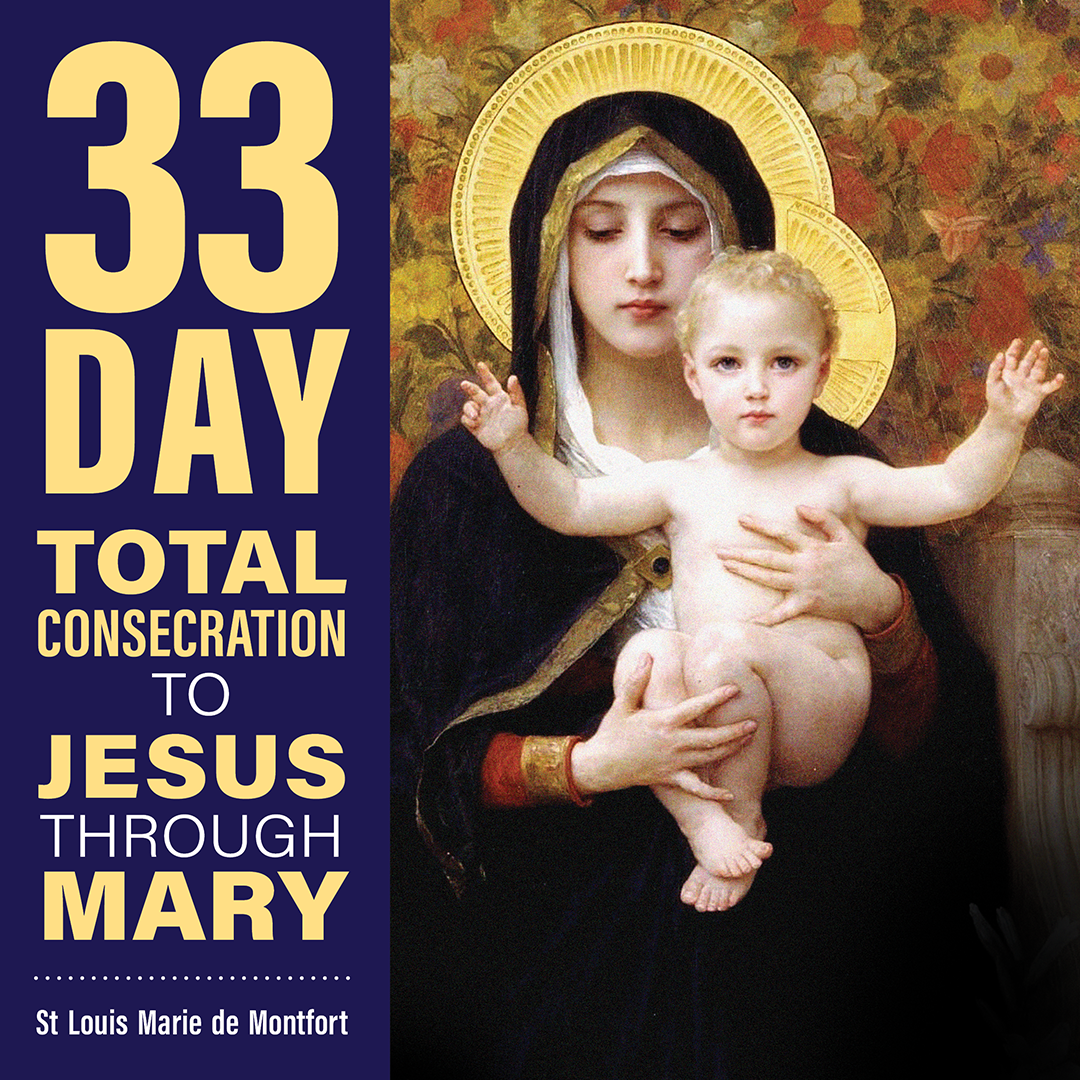


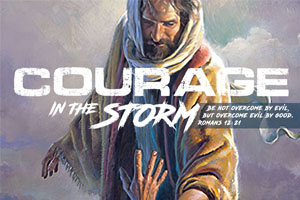
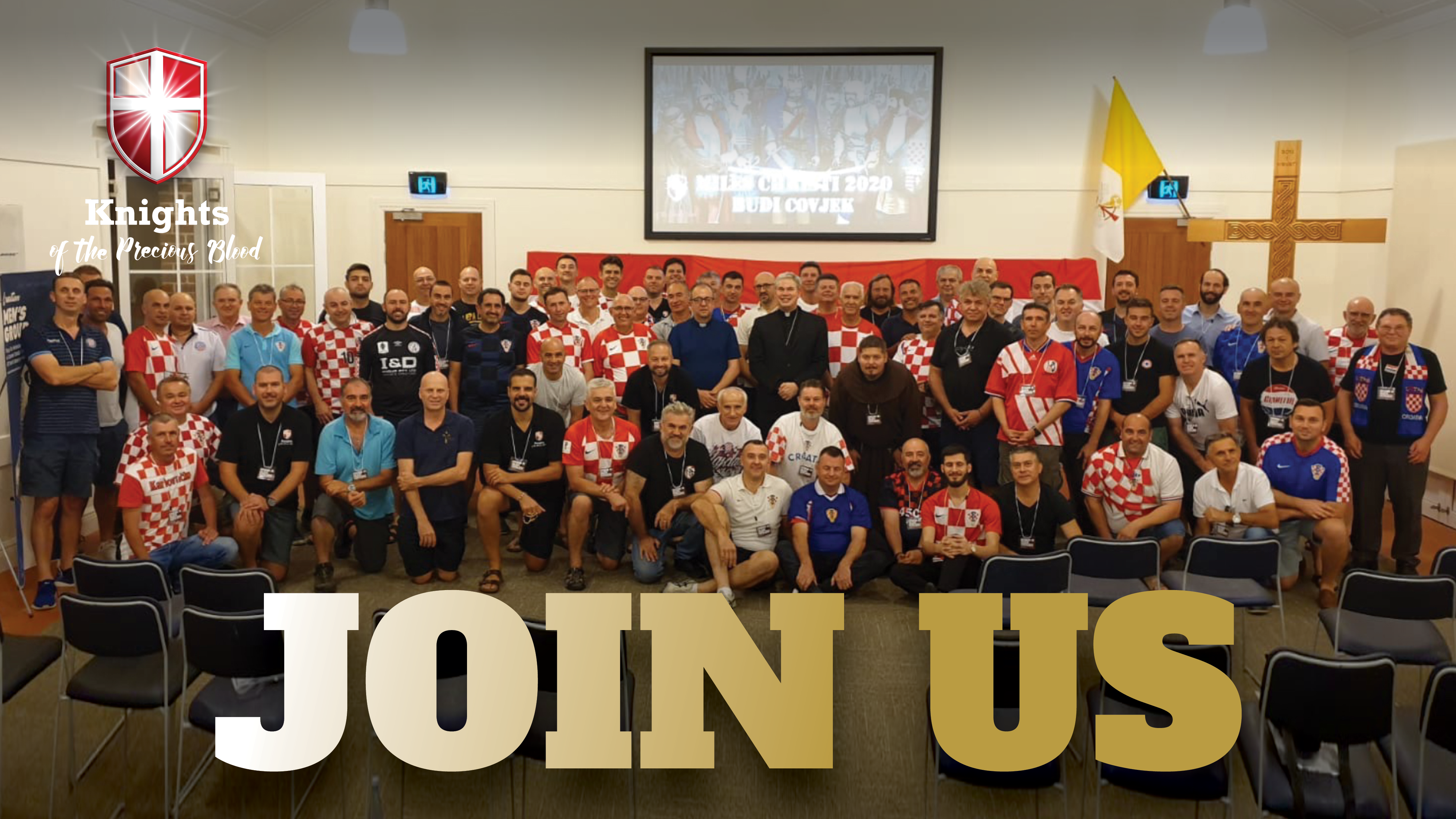

















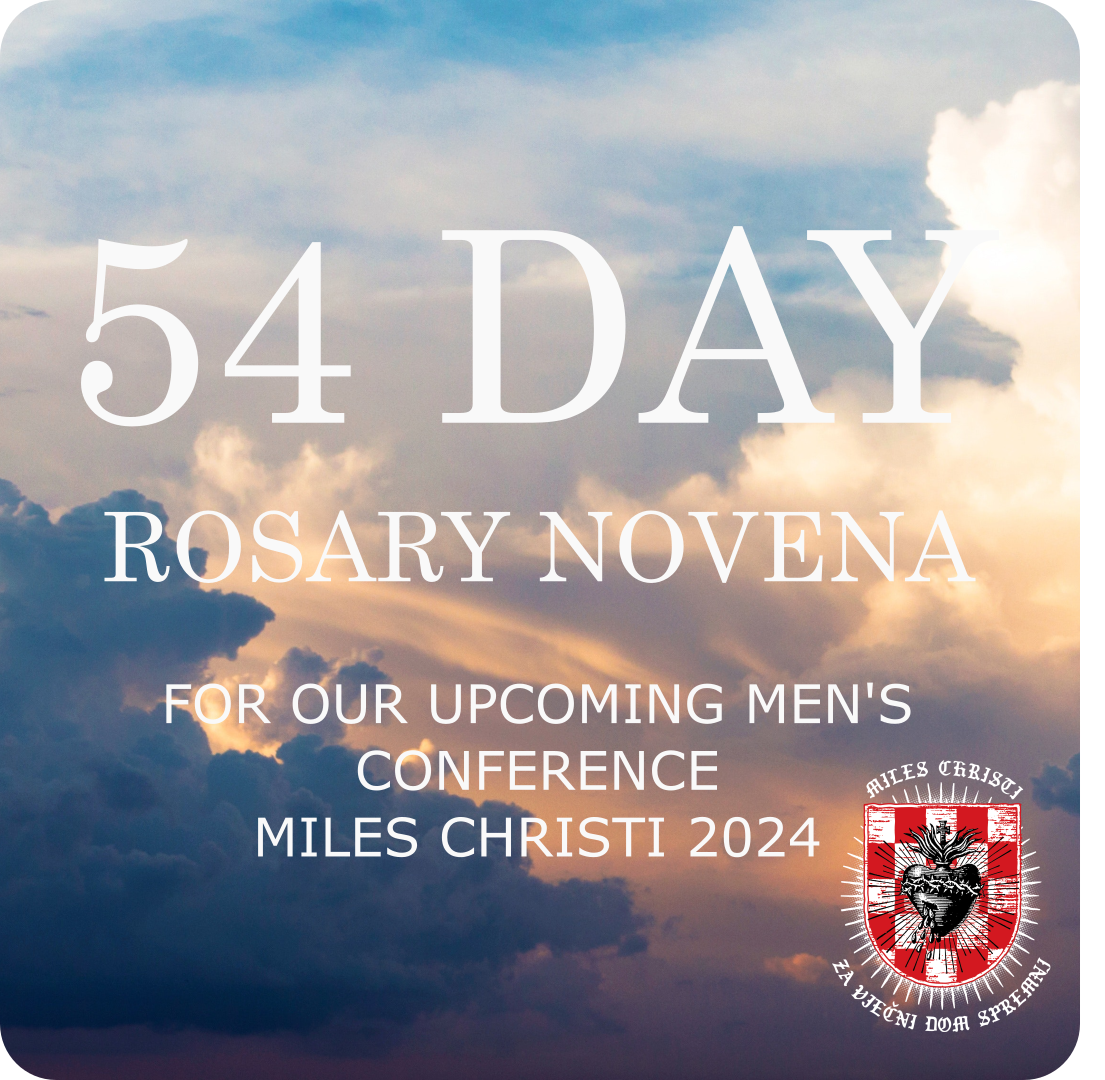
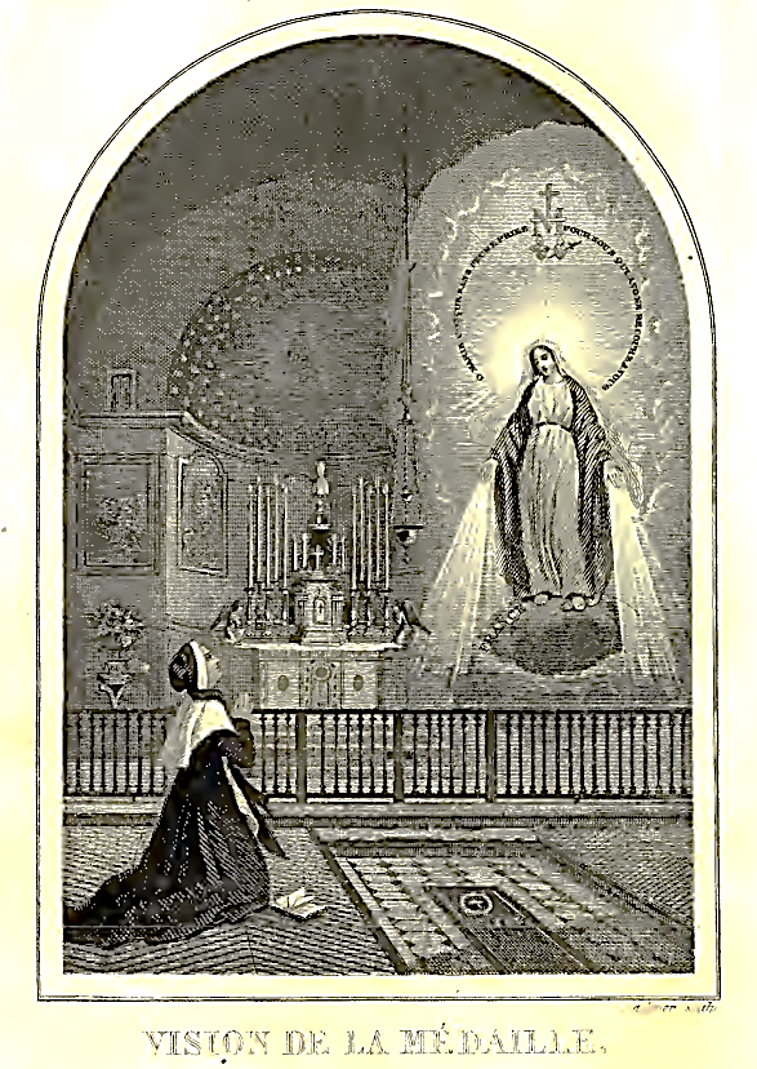

















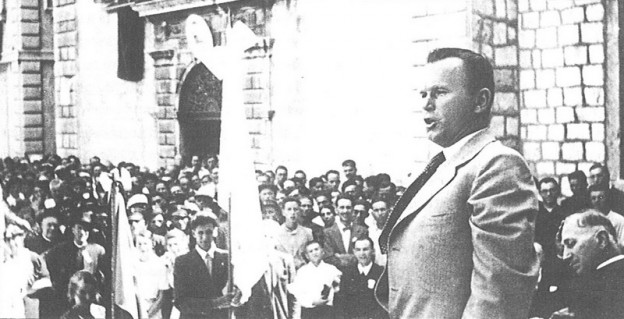





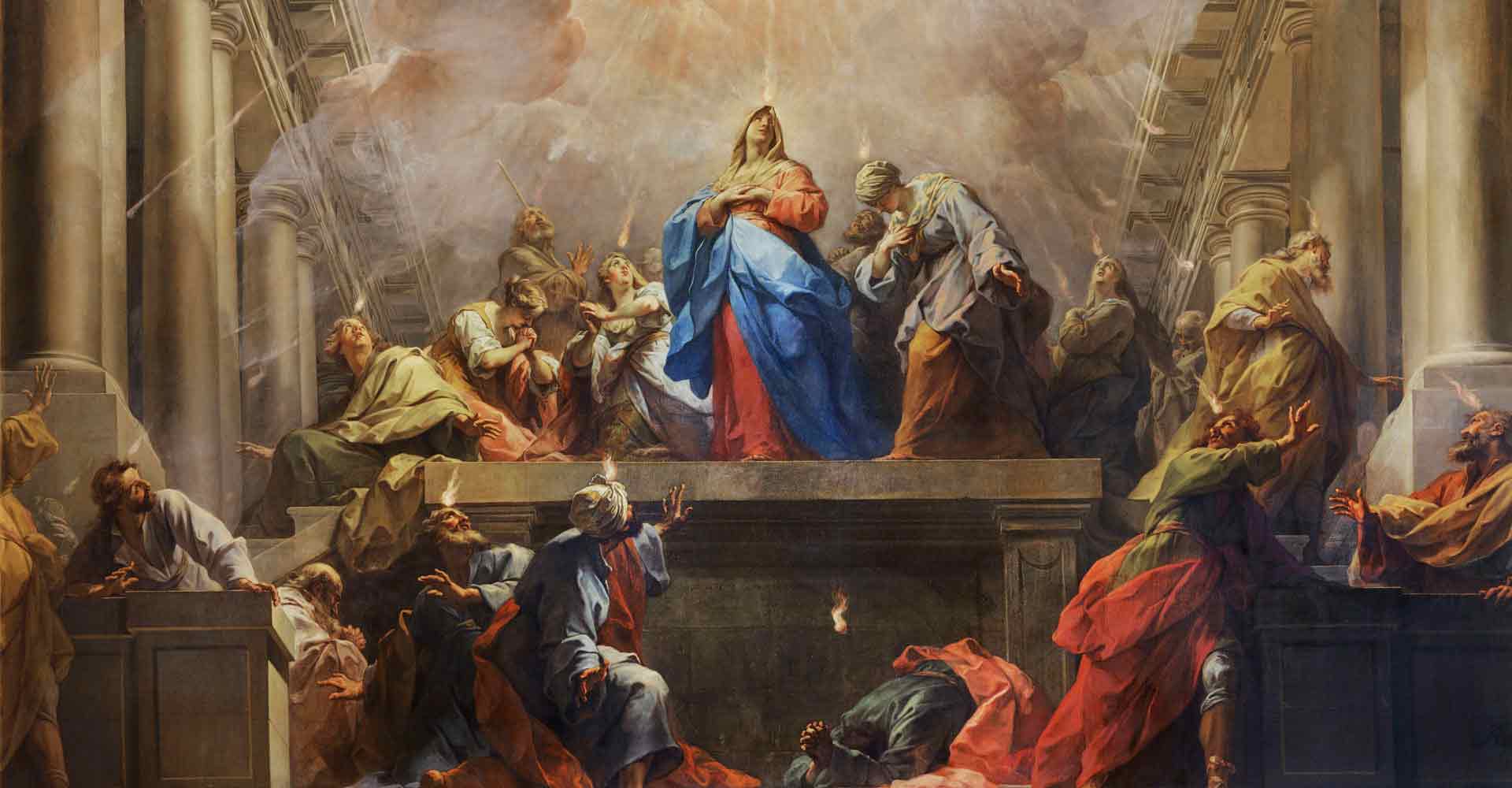











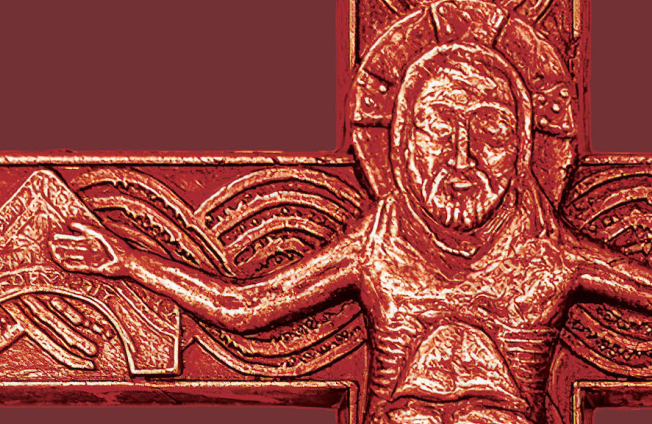










You must be logged in to post a comment.